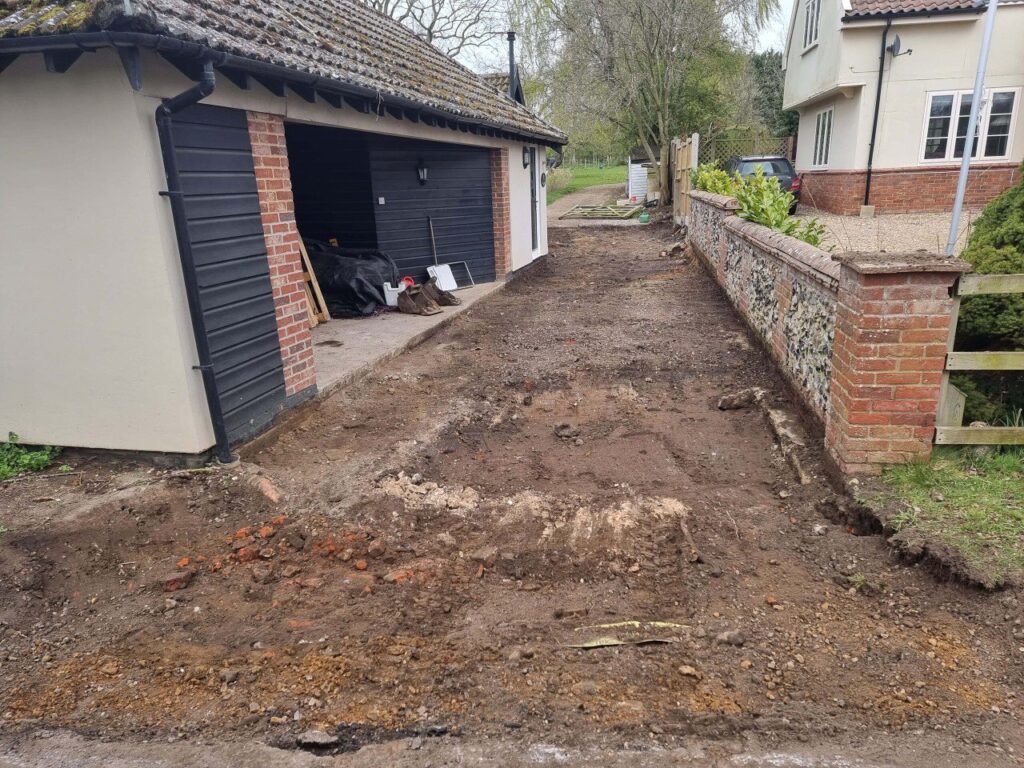New Build Tarmac School Playgrounds: Safety and Design
Introduction: Designing school playgrounds for newly built educational facilities requires careful consideration of both safety and functionality. Tarmac, also known as asphalt, is a versatile surface material often chosen for school playgrounds due to its durability and cost-effectiveness. In this blog post, Sittingbourne Driveways delves into the critical aspects of creating safe and well-designed tarmac school playgrounds, ensuring a conducive environment for students to play, learn, and grow.
Safety Considerations:
- Impact Absorption: Safety should be the top priority when designing school playgrounds. Tarmac can be modified with shock-absorbing layers or rubberised surfaces to minimise injuries in case of falls.
- Proper Drainage: To prevent puddles and slippery surfaces during wet weather, tarmac playgrounds should be designed with proper drainage systems that direct water away from play areas.
- Fencing and Barriers: Installing secure fencing and barriers around the playground perimeter is essential to prevent unauthorised access and ensure the safety of students during playtime.
- Markings and Signage: Clear and visible markings should be present to designate play areas, traffic flow, and safety rules. Signage reminding students of safety guidelines can also be beneficial.
- Playground Equipment: The selection of playground equipment should meet safety standards and be age-appropriate. Regular inspections and maintenance of equipment are essential to ensure ongoing safety.
Design Considerations:
- Multifunctional Layout: Designing a multifunctional playground allows for a variety of activities. Consider including areas for team sports, individual play, quiet zones, and creative activities like hopscotch or chess.
- Accessibility: Ensure the playground is accessible to all students, including those with disabilities. ADA-compliant pathways, ramps, and play equipment should be incorporated.
- Shade and Seating: Providing shaded areas and seating options for students and supervising staff ensures comfort during hot or rainy days and encourages social interaction.
- Greenery and Landscaping: Incorporating greenery and landscaping elements, such as trees and flowerbeds, can enhance the aesthetics of the playground and provide opportunities for outdoor learning.
- Playground Markings: Tarmac surfaces can be adorned with colourful and educational playground markings. These markings can be aesthetically pleasing and provide learning opportunities like number grids or maps.
Maintenance and Longevity:
- Regular Inspections: Implement a routine inspection schedule to promptly identify and address any maintenance needs. This includes checking for cracks, damage, and the overall condition of the tarmac surface.
- Resealing: Tarmac surfaces may require periodic resealing to maintain durability and appearance. This preventive measure can extend the life of the playground.
- Repairs: Swiftly address issues like potholes or cracks to prevent accidents and maintain a safe student environment.
Conclusion: Designing and maintaining tarmac school playgrounds for newly built educational facilities involves carefully balancing safety, functionality, and aesthetics. By prioritising safety considerations, thoughtful design, and diligent maintenance, school playgrounds can become vibrant spaces fostering physical activity, creativity, and student social interaction.
Call us on: 01795 905 087
Click here to find out more about Sittingbourne Driveways
Click here to complete our contact form and see how we can help with your driveway needs.

